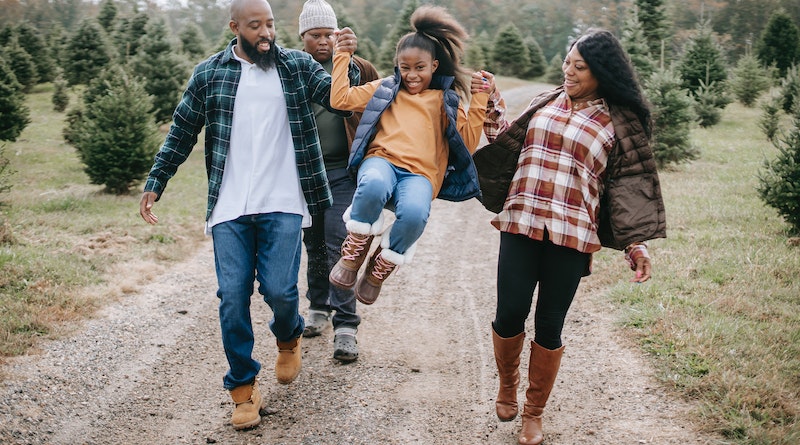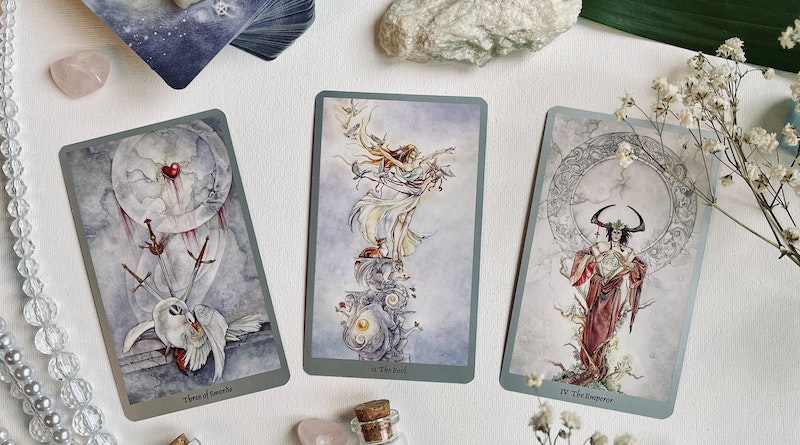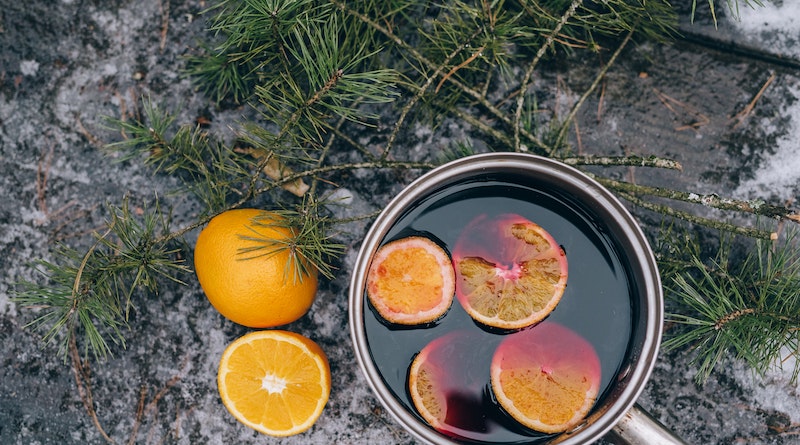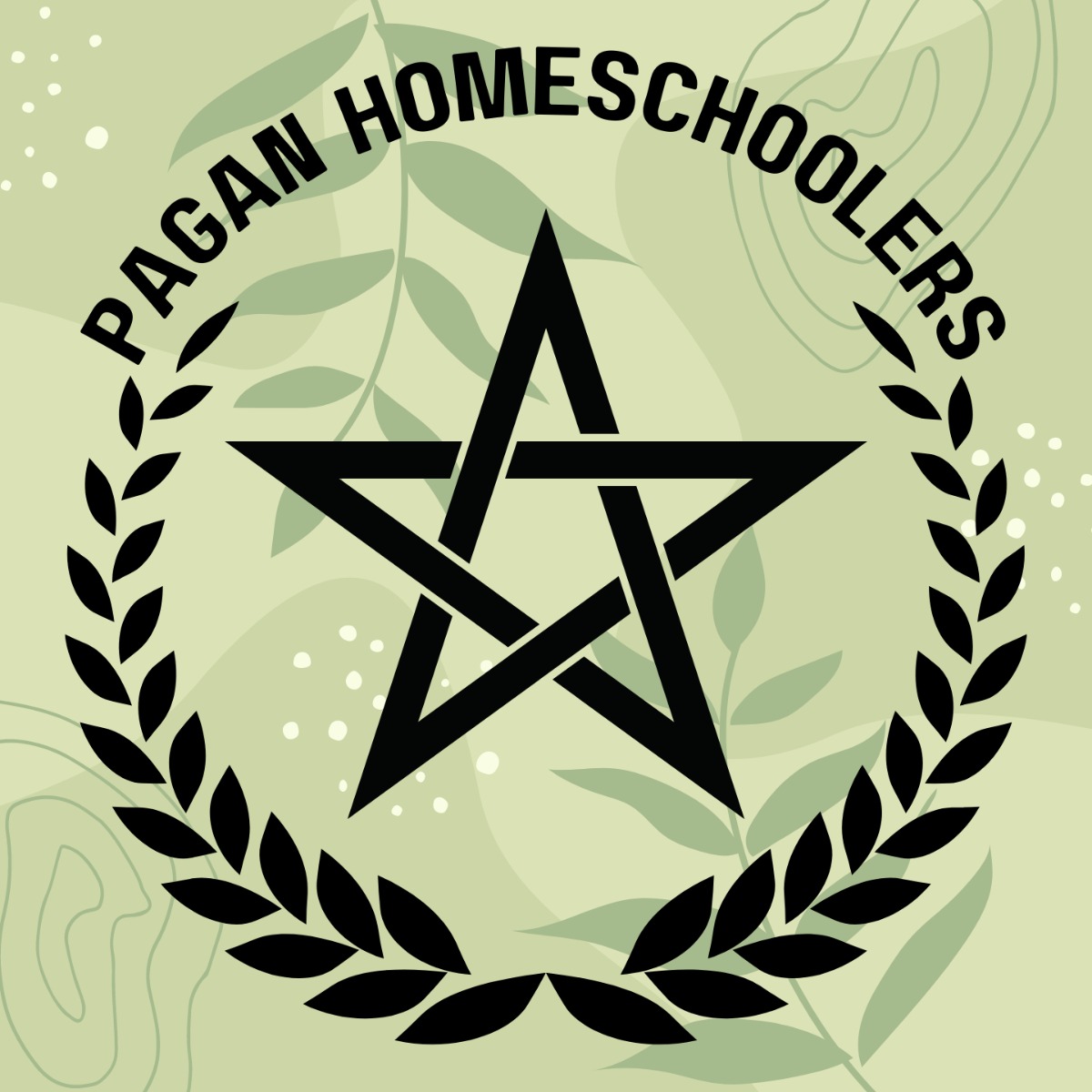Yule: A Pagan Celebration With Roots In Nature
Yule celebrates the shortest day of the year and the start of winter. The word Yule derives from the Old Norse word jól, meaning wheel or turning point, as Yule is a turning point in the year when winter starts to give way to spring and light begins to triumph over darkness. Ancient Pagans saw Yule as a time to celebrate their connection to nature and beliefs about life, death and rebirth.
What is Yule?
It’s the shortest day of the year, which means it’s also the longest night. This is a time for celebrating life, and giving thanks for all that we have. It’s a time to be grateful for our family and friends and those who are no longer with us. It’s a time to remember those who are less fortunate than we are. And it’s a time to enjoy winter! Many people make paper chains to hang on the branches of their trees or bushes. Yuletide wreaths are traditionally made from interlaced evergreen sprigs, laurel leaves (symbolizing victory), myrtle (symbolizing love), or holly berries (symbolizing peace). Hang them around the house as decoration and create spells of harmony.
The History of Yule
The origins of the word Yule are disputed. Some say it’s derived from the Old Norse words jól meaning wheel and áleiðr meaning path. Together, the words mean a path made by the wheel of a wagon or cart. In other words, it is a festival that celebrates returning home after a long journey. Others claim it comes from Germanic roots with meanings that include fire, light, and sun. And still others point to an Anglo-Saxon word for winter solstice.
Yule became associated with Christmas in the Middle Ages, when Christianity became Europe’s predominant religion. At first, Christians considered pagan holidays like Yule to be blasphemous and uncivilized. They started celebrating December 25th—Jesus Christ’s birthday—to convert pagans and join Christian beliefs. Of course, it didn’t work.
In any case, Yule is certainly a pagan celebration focused on nature and has deep roots in our ancient past.
Celebrating Yule
How can you celebrate this winter holiday with kids? First, help them get into the spirit of things by turning off all screens and devices. Then try decorating your home with boughs of evergreen trees, pine cones, mistletoe, cinnamon sticks, holly berries, paper snowflakes, glittery garland–whatever you have lying around! Finally, bring out the decked-out tree you’ve been working on all week–it’s time to celebrate!
Once you’ve put up the decorations, take a walk outside to admire nature’s own sparkling lights: stars shining in the sky; twinkling lights reflecting off frozen ponds; frost on everything not covered in white snow. Be thankful for another year together as a family, and enjoy each other’s company. Enjoy some hot cocoa or cider while reading holiday stories aloud.
Kids learn how to celebrate from their parents, at least in part. You can set a good example by embracing Yule as an opportunity to appreciate all of nature. And if you’re feeling adventurous, you can even make up some new traditions of your own–maybe read stories about old pagan gods or invent a game that involves hiding evergreen branches and pinecones around your yard for kids to find. The point is, have fun!
Crafts and Activities For Kids
There are many things you can do with your kids to celebrate the winter season. When your family celebrates Yule together, it will be a great way to teach your kids about their cultural heritage. Here are some ideas for celebrating Yule with kids.
- Kids who like art can make handprints from clay and then paint them white or glittery silver before decorating them with gold stars and other decorations.
- Cookies are always a favorite activity for kids, but during this time of year they could get creative by adding in peppermint extract, sprinkles, or other festive flavors to give them that extra-special touch.
- If your kids enjoy cooking, why not make hot cocoa? They can measure out the cocoa powder and milk, add marshmallows and chocolate chips as toppings, stir in the boiling water to melt everything together on the stovetop.
- Learning about Yule’s pagan roots is a great way to teach your kids about their cultural heritage and celebrate it with them. Learning how to decorate Yule trees, hang lights, or make other crafts out of natural materials is sure to be fun for your family.






